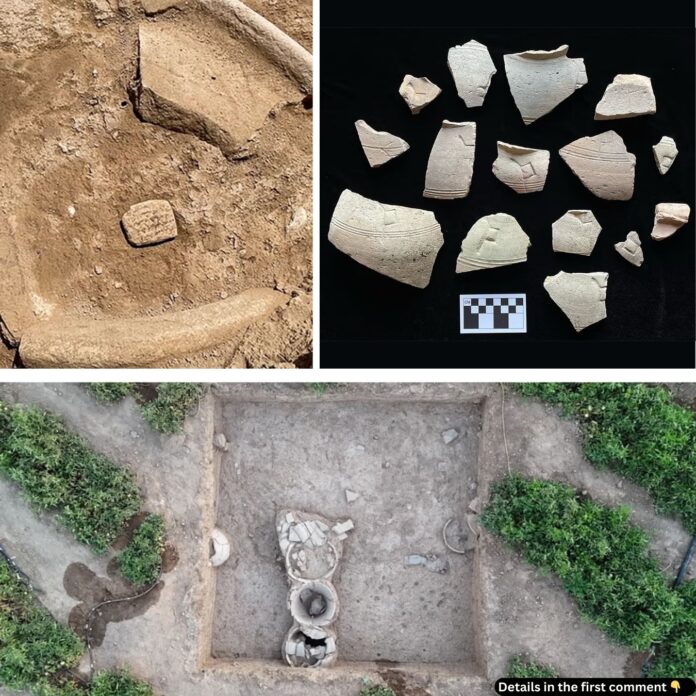In the fertile plains of Mesopotamia, known as the cradle of civilization, lies a city whose secrets have remained buried for millennia. Recent discoveries at the Middle Bronze Age site of Kurd Qaburstan, led by Tiffany Earley-Spadoni of the University of Central Florida, are shedding light on the rich history of this ancient Mesopotamian city. Unearthed artifacts, from clay cuneiform tablets to monumental architectural remains, are offering invaluable insights into the lives, culture, and events that shaped one of the most enigmatic civilizations in history.
The Discovery at Kurd Qaburstan
Nestled in the Erbil region of northeast Iraq, Kurd Qaburstan is a sprawling archaeological site that has captivated researchers for decades. Excavations led by Earley-Spadoni have uncovered a treasure trove of artifacts that illuminate the daily lives and historical significance of the city during the Middle Bronze Age, around 1800 BCE. Among the most notable finds are three clay cuneiform tablets, large pithoi (storage jars), and intricately designed pottery.
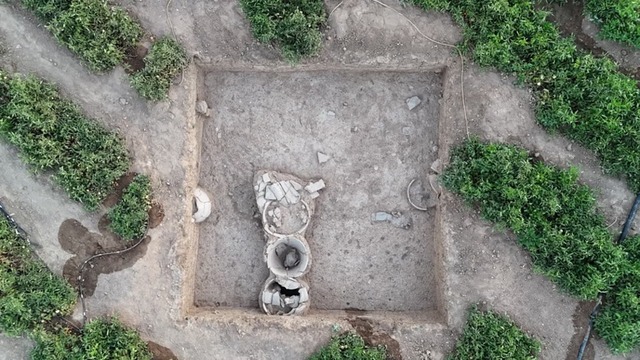
These artifacts were discovered in two main areas: the northwest residential neighborhoods and a lower-town palace, an administrative complex identified through geophysical surveys. The tablets, still being interpreted, suggest dramatic events—possibly ancient warfare—while the monumental architecture hints at the city’s status as a significant regional hub. The finds not only enrich our understanding of Kurd Qaburstan but also challenge traditional narratives about Mesopotamian cities.
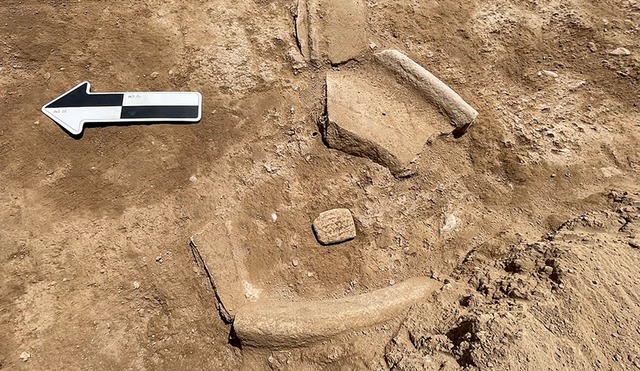
The Significance of Mesopotamia
Mesopotamia, often hailed as the birthplace of urban civilization, boasts a dense network of ancient cities along the Tigris and Euphrates rivers. While cities in southern Mesopotamia, such as Uruk and Ur, have been extensively studied, much less is known about the northern regions. Kurd Qaburstan fills this gap, offering a glimpse into the lives of people in a less-explored part of Mesopotamia.
The region’s rich history is preserved in towering tells—mounds formed by centuries of accumulated cultural debris. These tells are treasure troves for archaeologists, revealing the development of writing, urban planning, and social structures. However, northern Mesopotamian cities like Kurd Qaburstan have remained understudied, leaving their stories untold until now.
Ancient artifacts unearthed in Iraq are revealing the hidden history of Mesopotamia – watch the video to explore these fascinating discoveries and what they tell us about one of the world’s earliest civilizations!
Uncovering Hidden Histories
The artifacts from Kurd Qaburstan provide a window into the city’s social and cultural dynamics. Excavated pottery, including cups, plates, and bowls, reflects a surprisingly high level of craftsmanship, suggesting that private wealth may have been more common among non-elite populations than previously thought. Animal bones found alongside the pottery indicate a diverse diet, including both domesticated meat and wild game, further challenging the notion of sharp divisions between elite and non-elite lifestyles.
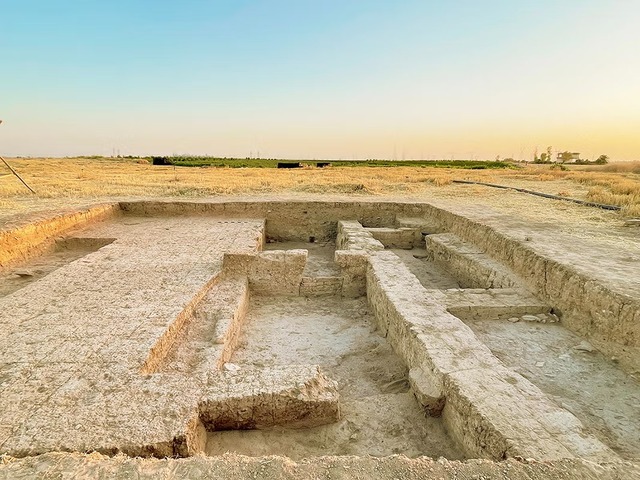
The monumental architecture of the lower-town palace is equally compelling. Evidence of destruction and human remains within the palace suggests that the city may have experienced significant historical events, such as invasions or natural disasters. These findings hint at the complexity and resilience of Kurd Qaburstan’s inhabitants, offering a richer understanding of their lives and struggles.
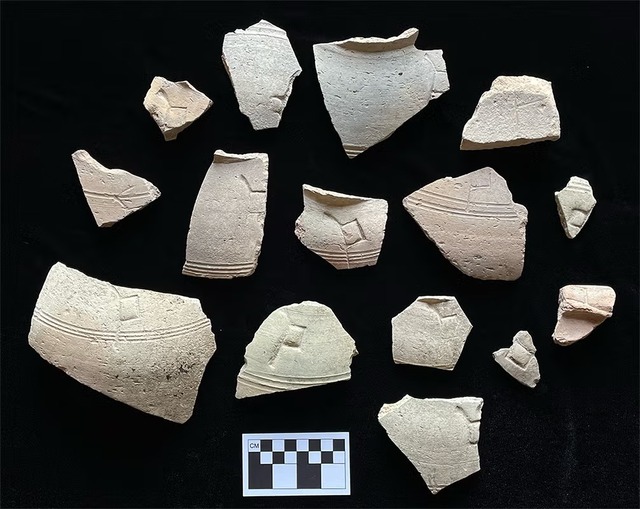
Could Kurd Qaburstan Be Ancient Qabra?
One of the most intriguing aspects of Kurd Qaburstan is its potential identification as Qabra, a major regional center mentioned in Old Babylonian records. The Stele of Dadusha, an ancient monument, references Qabra as a significant city-state. The presence of writing, administrative artifacts, and monumental architecture at Kurd Qaburstan supports this theory, suggesting that the site may have been a key player in regional politics and trade.
If Kurd Qaburstan is indeed Qabra, it could redefine our understanding of the city’s historical importance. The clay tablets, with their early inscriptions, offer clues about the city’s connections with its neighbors and its role in the broader Mesopotamian world. By studying the names, word choices, and writing styles on these tablets, researchers hope to uncover more about the city’s identity and its people.
The Role of Technology in Excavations
Modern technology has played a crucial role in uncovering the secrets of Kurd Qaburstan. Researchers used magnetometry, a geophysical survey technique, to peer beneath the ground and identify architectural remains. This technology allowed the team to excavate with precision, revealing not only the lower-town palace but also residential areas and courtyards.
The use of advanced methods highlights the importance of interdisciplinary collaboration in archaeology. By combining traditional excavation techniques with cutting-edge technology, researchers can uncover more detailed and accurate information about ancient sites. This approach has been instrumental in revealing the hidden history of Kurd Qaburstan.
Implications of the Research
The discoveries at Kurd Qaburstan have far-reaching implications for our understanding of ancient Mesopotamia. The findings challenge traditional narratives about social inequality, suggesting that non-elite populations may have enjoyed a higher standard of living than previously believed. The material culture and dietary diversity reflect a community that was more complex and interconnected than expected.
The research also underscores the importance of studying lesser-known regions and periods in history. By focusing on northern Mesopotamia, Earley-Spadoni and her team are filling critical gaps in our knowledge of the ancient world. Their work not only enriches our understanding of Mesopotamia but also contributes to the global heritage of human history.
Future Prospects
The excavation of Kurd Qaburstan is far from complete. Researchers hope to uncover more historical records and artifacts that will provide further insights into the city’s past. The tablets discovered in the lower-town palace, for example, hold the promise of revealing more about the dramatic events that shaped the city’s history.
The continued study of Kurd Qaburstan could also shed light on broader questions about urban development, social organization, and cultural identity in ancient Mesopotamia. As researchers piece together the story of this ancient city, they are not only uncovering its hidden history but also contributing to a deeper understanding of human civilization.
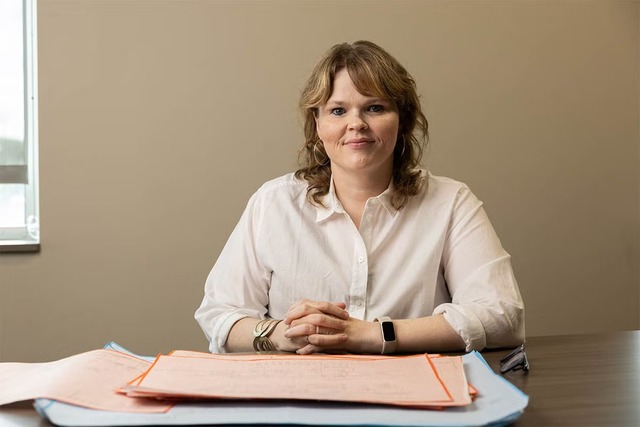
Conclusion
The discoveries at Kurd Qaburstan are a testament to the enduring legacy of Mesopotamia as the cradle of civilization. Through meticulous excavation and innovative research, Tiffany Earley-Spadoni and her team have brought to light the hidden history of this ancient city. Their findings challenge traditional narratives, enrich our understanding of Mesopotamian life, and inspire continued exploration of the past. As Kurd Qaburstan reveals its secrets, it reminds us of the profound connections between ancient civilizations and the modern world, offering lessons and insights that resonate across millennia.
